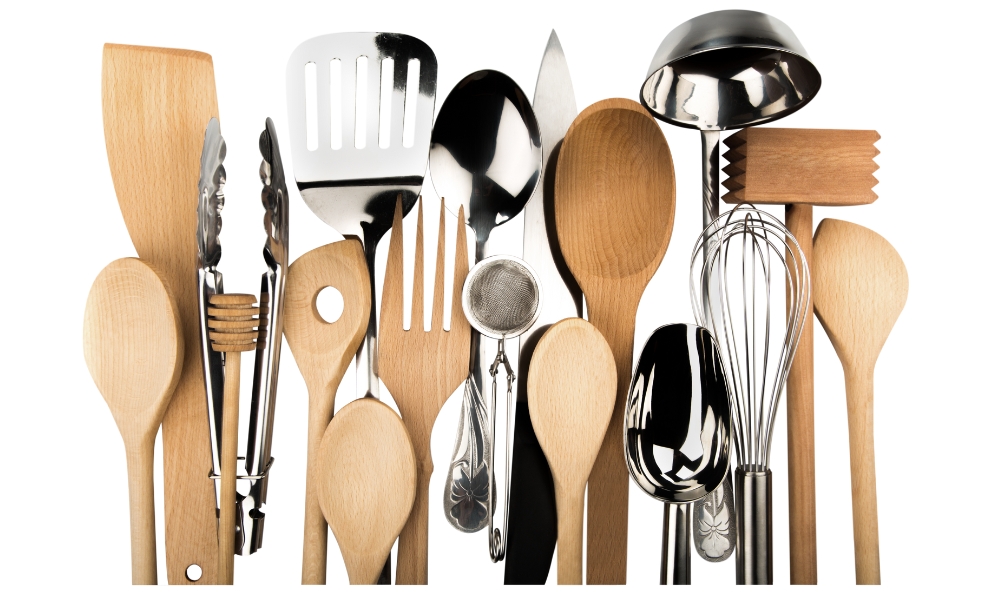Choosing the best wood for cooking utensils is essential for both culinary performance and the longevity of your kitchen tools. The type of woods used can greatly influence the flavor of your food, as well as the durability and safety of the utensils. From classic favorites like maple and cherry to exotic options such as olive and teak, the selection of wood for It is as diverse as the dishes you create. Understanding the characteristics of different woods and their suitability for cooking applications will help you make informed decisions when investing in these essential kitchen implements. Whether you’re a seasoned chef or a home cook, discovering the ideal wood for It can elevate your culinary experience to new heights.
Are There Any Woods to Avoid for Cooking Utensils?
While many types of wood can be suitable for cooking It, there are some that should be avoided due to their porous nature or potential toxicity. Softwoods like pine and cedar are not ideal for It as they can easily absorb flavors and odors, potentially transferring them to your food. Additionally, certain exotic woods may contain natural toxins or oils that can be harmful when in contact with food. It’s best to steer clear of woods like yew, rosewood, and any wood treated with chemicals or stains.
7 Best Wood for Cooking Utensils:
1. Maple
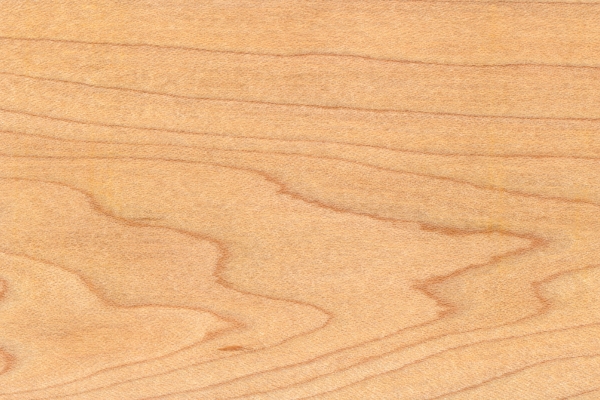
Maple wood is a popular choice for It due to its hardness, fine grain, and resistance to moisture. It is durable, smooth, and doesn’t impart any unwanted flavors to food. Maple utensils are also relatively easy to clean and maintain, making them a favorite among chefs and home cooks alike.
2. Beech

Beechwood is another excellent option for It, prized for its strength, smooth texture, and attractive appearance. Beech is a hardwood that resists warping and splintering, ensuring the longevity of your Organize Cooking Utensils. It also has a neutral flavor, making it suitable for a wide range of culinary applications.
3. Olive Wood
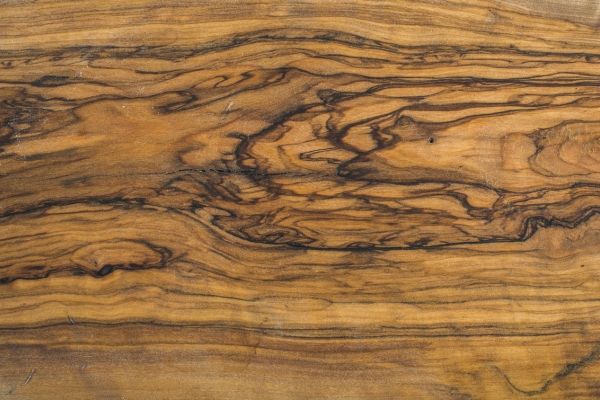
Olive wood is prized for its unique grain patterns, rich color, and durability, making it an excellent choice for It. It is dense and hard, yet smooth to the touch, providing a comfortable grip for cooking tasks. Olive wooden utensils are also naturally antibacterial, which adds an extra layer of hygiene to your kitchen tools. With its distinct beauty and functional qualities, olive wood is a favorite among chefs and home cooks looking to add a touch of Mediterranean flair to their culinary arsenal.
4. Teak
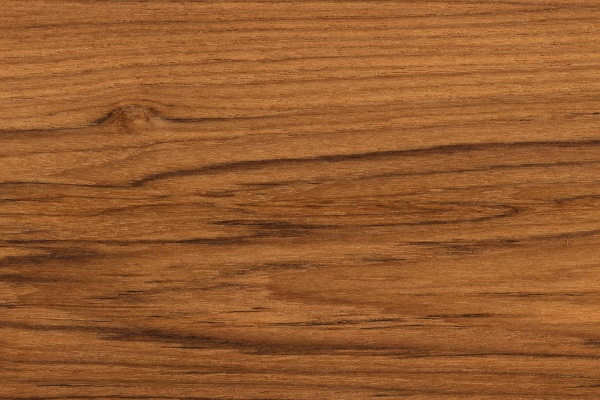
Teak wood is renowned for its exceptional strength, water resistance, and resistance to heat and humidity, making it an ideal option for It. It is highly durable and resistant to warping, making it suitable for use in both hot and humid environments. Teak utensils also boast a beautiful golden-brown hue and a smooth, polished surface, adding elegance to any kitchen. Whether you’re sautéing, stirring, or serving, teak It offer both style and functionality to enhance your cooking experience.
5. Cherry
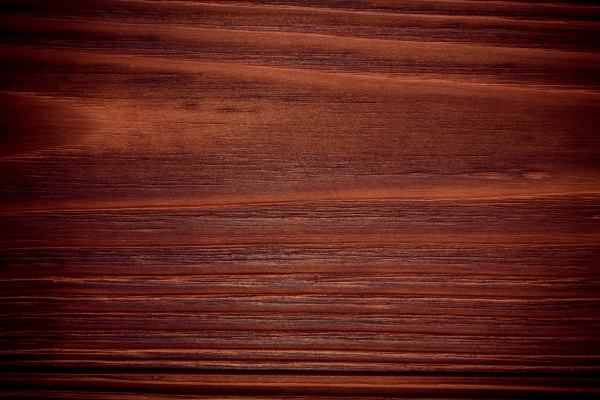
Cherry woods is prized for its rich color, fine grain, and moderate hardness, making it a versatile option for cIt. It has a warm, reddish-brown hue that deepens with age, adding a touch of sophistication to your kitchen. Cherry wooden utensils are durable and resistant to splitting, making them suitable for a variety of cooking tasks. Additionally, cherry wood has a subtle, sweet aroma that can enhance the overall sensory experience of cooking. With its combination of beauty and practicality, cherry wood is a popular choice for discerning cooks seeking both style and performance in their It.
6. Bamboo
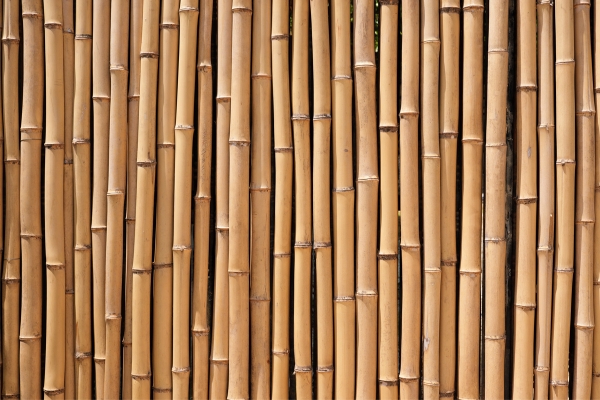
Bamboo is a sustainable and eco-friendly option for cooking utensils, prized for its rapid growth and renewability. It is incredibly strong, durable, and resistant to moisture, making it an ideal choice for kitchen tools that are subjected to frequent use and washing. Bamboo utensils also have natural antimicrobial properties, making them hygienic and safe for food preparation. With its lightweight feel and smooth finish, bamboo utensils offer both practicality and environmental responsibility for conscientious cooks.
7. Walnut

Walnut wood is admired for its rich, dark color, striking grain patterns, and exceptional hardness, making it a luxurious choice for cooking utensils. It is dense and durable, yet lightweight and easy to handle, providing a comfortable grip for various culinary tasks. Walnut utensils also develop a beautiful patina over time, enhancing their visual appeal with age. With its combination of beauty, strength, and versatility, walnut woods adds a touch of elegance to any kitchen and elevates the cooking experience to new heights.
Why Is Maple Wood a Popular Choice for Cooking Utensils?
Maple wood is a popular choice for cooking utensils due to its numerous advantageous qualities. Firstly, maple is a hardwood known for its durability and resistance to moisture, ensuring that utensils made from this woods can withstand the rigors of daily use in the kitchen without warping or splintering. Additionally, maple has a fine, close grain and a smooth texture, providing a comfortable and safe surface for food preparation. Furthermore, maple woods is relatively neutral in flavor, meaning it won’t impart any unwanted tastes to your dishes. Its light color also makes it easy to spot any food residues, facilitating thorough cleaning. Overall, maple wood’s combination of durability, safety, and ease of maintenance makes it a preferred choice for It among chefs and home cooks alike.
Conclusion
Selecting the best wood for cooking utensils is crucial for both practicality and culinary enjoyment. From maple’s durability and neutrality to walnut’s elegance and bamboo’s sustainability, each type of wood offers unique benefits to enhance your cooking experience. Whether you prioritize strength, aesthetics, or environmental responsibility, there’s a wood type that meets your needs and preferences. By choosing the right wood for your utensils, you can elevate your culinary endeavors while ensuring the longevity and safety of your kitchen tools.
